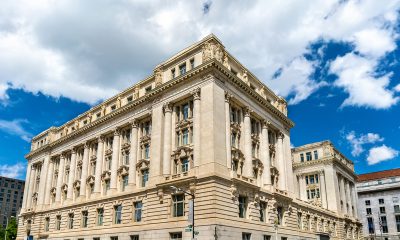Local
Silverman wins vote, falls short of Stein Club endorsement
Five Democrats running in at-Large D.C. Council race compete for LGBT group’s support
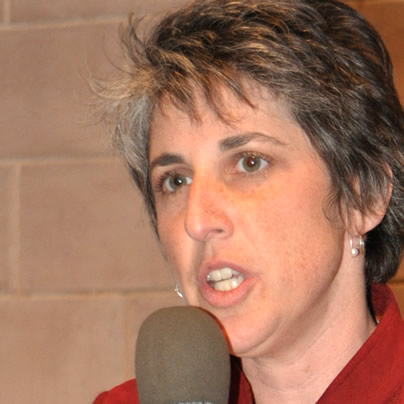
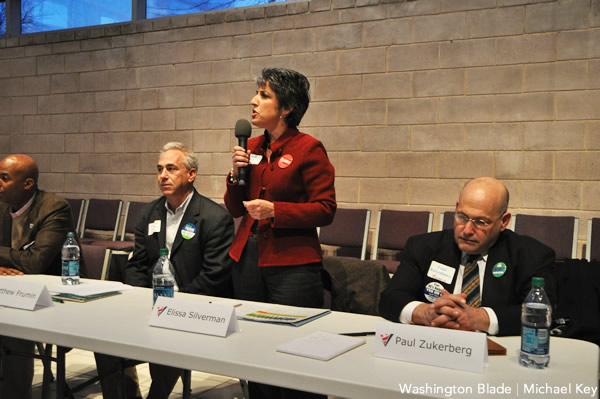
Elissa Silverman (Washington Blade photo by Michael Key)
City Council candidate Elissa Silverman beat her four fellow Democratic rivals Thursday night at an endorsement forum sponsored by the Gertrude Stein Democratic Club but fell short of capturing a 60 percent vote total needed to win the club’s endorsement.
Silverman, a budget analyst and former journalist, received 39 votes, or 54.9 percent, in a second ballot runoff against interim Council member Anita Bonds, who received 26 votes, or 36.6 percent. Five club members voted to “abstain” from choosing a candidate in the runoff balloting.
The five Democrats who competed for the Stein Club endorsement and two others – a Republican and a Statehood Green Party candidate – are running in an April 23 special election for an at-large D.C. Council seat. The seat became vacant when Council member Phil Mendelson (D-At-Large) won election last year as Council Chair.
Earlier this year, the D.C. Democratic State Committee, which Bonds chairs, chose her to fill the seat as an interim Council member until the special election is held.
At the Stein Club forum Thursday night, Silverman received 43.6 percent in a first ballot vote, with Bonds receiving 32 percent. Attorney and Ward 3 Advisory Neighborhood Commissioner Matthew Frumin received 14 percent on the first ballot; former at-large Council member Michael A. Brown received 7 percent. Attorney Paul Zuckerberg, an advocate for marijuana decriminalization, received 2.8 percent.
Close to one hundred people turned out for the forum, which was held at the Metropolitan Community Church of Washington on Ridge Street, N.W., in the city’s Shaw neighborhood.
The voting took place after the five candidates gave opening remarks and answered questions presented by club member Earl Fowlkes, who served as the forum’s moderator. In response to questions by Fowlkes and written questions by audience members, each of the candidates expressed strong support for LGBT rights.
Many of the questions addressed non-LGBT issues, prompting the candidates to discuss their views on education reform, homelessness, unemployment, and the city’s procurement policies among other issues.
“I would have loved to have gotten the endorsement, but we had a majority of Stein Club members support me,” Silverman said after the forum. “So I’m thrilled.”
Silverman’s strong showing came after 14 prominent LGBT activists, most of whom are Stein Club members, announced their support for Silverman in an invitation to an LGBT “meet and greet” event for the candidate to be held at a Dupont Circle area gay bar. Among them are former club treasurer and transgender activist Alexandra Beninda and club members Barbara Helmick, Gregory Cendana, and Jerry Clark.
Another ten prominent Stein Club members, including former club presidents Kurt Vorndran and Lateefah Williams, announced they are hosting a separate “meet and greet” for Bonds.
“I think the candidates did a very good job tonight,” said Stein Club President Martin Garcia. “I think all of the candidates have a very good understanding of our issues. Unfortunately, today the club couldn’t come to a consensus on just one,” he said.
“But that doesn’t mean we’re not going to be out and about participating in the election as we come closer to April 23,” Garcia said.
Frumin, who received the highest rating on LGBT issues from the Gay and Lesbian Activists Alliance, a +7 out of a possible +10 earlier this month, said he was pleased with the vote total he received at the Stein Club forum.
“I didn’t do the process of recruiting members to come so you have voters who are there,” he said. “So people who voted for me were people who were hearing from me tonight for the first time, and I think getting the votes I got was a pretty good accomplishment.”
Supporters of Brown noted that Brown received strong support from LGBT activists in his previous successful race for an at-large Council seat as an independent. They said his vote total of just 7 percent at Thursday’s Stein Club forum was due, in part, to a better effort by Silverman and Bond to turn out supports for the forum.
Brown lost his re-election bid in November to independent David Grosso, who ran as a reform candidate. Political observers say Brown’s widespread name recognition makes him a strong contender in the April 23 special election, where a low voter turnout is expected.
Republican Patrick Mara is also considered a viable candidate in the special election because he has attracted a large number of Democratic voters, including gay Democrats, in two previous races for a Council seat.
Silverman worked as a reporter for the Washington City Paper as the paper’s “Loose Lips” political columnist before becoming a reporter at the Washington Post. Since 2009 she has worked as a budget analyst for the D.C. Fiscal Policy Institute.
She told the Blade after the forum that her strong showing from Stein Club members was due to her positions and her approach to addressing both LGBT and non-LGBT issues.
“I think Stein Club members care about this city, they care about this city’s ethics, they care about spending our tax dollars well, they care about being an inclusive city,” she said. “Those are all things that are central to my campaign.”
During a discussion among club members following the appearance of the candidates, Stein Club treasurer Barrie Daneker urged members to vote for Bonds.
“Anita Bonds attended her first Gertrude Stein meeting in 1978,” he said. “She’s been supportive of our community for a long time…We couldn’t have a better candidate for the City Council,” Daneker said, on LGBT and all other issues.
Maryland
LGBTQ suicide prevention hotline option is going away. Here’s where else to go in Md.
Changes will take effect July 17
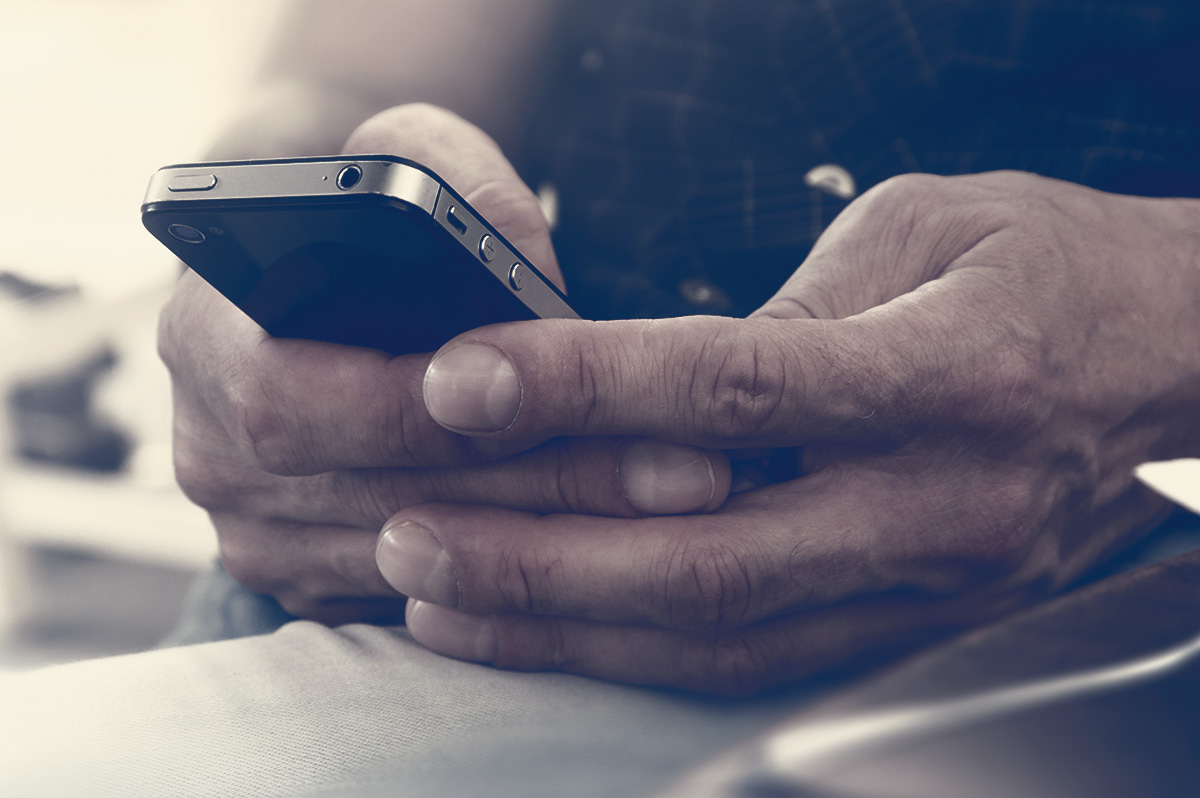
By ANNA RUBENSTEIN | The national suicide prevention hotline will no longer offer specialized support to LGBTQ people, starting July 17, the Trump administration announced last week.
Dialing the hotline at 988 will still be available for crisis support. But callers will no longer be able to reach specific LGBTQ services by pressing Option 3. The change worries advocates because their data shows the LGBTQ community has a disproportionally high suicide rate.
Even after the option ends, here’s how to receive tailored support if you’re in Maryland.
The rest of this article can be found on the Baltimore Banner’s website.
Maryland
Silver Spring holds annual Pride In The Plaza
‘Today means inclusion. It means to build resilience’
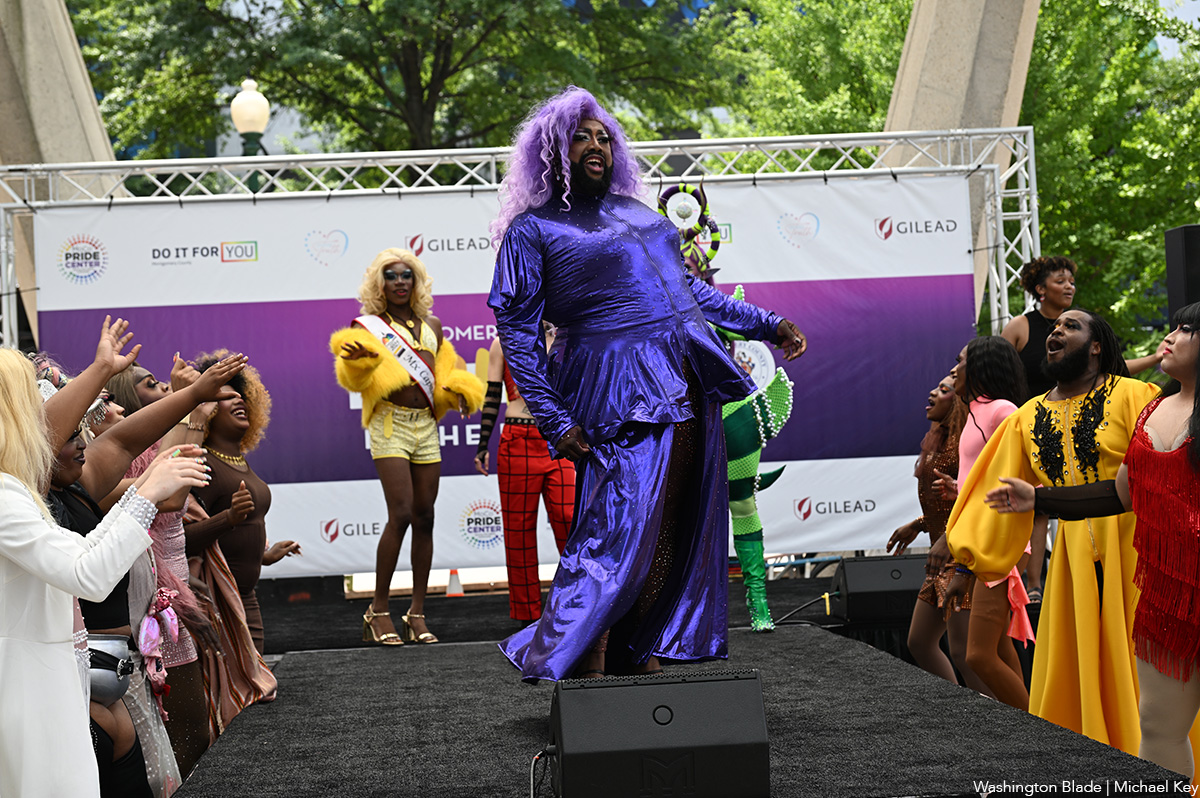
Silver Spring’s annual Pride in the Plaza event took place on Sunday to celebrate the LGBTQ community and emphasize inclusion and resilience.
“Today means inclusion. It means to build resilience, love,” Robyn Woods, program and outreach director for Live In Your Truth, which organized the event, said. “I mean, just being surrounded by the community and so many great entrepreneurs, business owners, and just being a part of this whole rainbow coalition that we call the LGBTQIA to be about.”
With the event being her first time organizing for Live In Your Truth, Woods said she felt emotional to see the support and love at the event.
“Some people (are) bringing out their children, their babies, their grandparents,” Woods said. “It’s a lot more allies here than anything else. That type of support to me means so much more than just support from my community; just outside support, inside support, so much support around it, so much love. Everyone’s smiling outside, helping each other.”
Attendees of the event were able to head over to the Family Fun Zone, an air-conditioned Pride Cool Down Lounge, or watch live drag performances in the main stage area.
Along with entertainment and a shaved-ice stand, rows of information tables stood along the plaza, including FreeState Justice, the Washington Spirit, Trans Maryland, Moco Pride Center, and the Heartwood Program, an organization that offers support, therapy, education, and resources to the LGBTQ community.
“I want people to know about our services, and I love what we have to offer,” Jessica Simon, psychotherapist for Heartwood Program’s Gender Wellness Clinic, said. “I (also) want to be part of a celebration with the community, and so it feels good to be here with other people who have something they want to give to the community.”
She added that within today’s political climate, to which she called an “antidote to shame,” it’s important to be celebrating Pride.
“There’s a lot of demonization of LGBTQI people,” Siena Iacuvazzi, facilitator for Maryland Trans Unity, said. “(Pride) is part of the healing process.”
Iacuvazzi said she was taught to be ashamed of who she was growing up, but being a part of a community helped her flourish in the future.
“I was taught how to hate myself. I was taught that I was an abomination to God,” she said. “But being a community is like understanding that there are people who have experienced the same thing, and they’re flourishing. They’re flourishing because they’re willing to stand up for themselves as human beings and discover themselves and understand what’s true for themselves.”
She added that Pride allows for a mutual understanding to take place.
“It’s more of a sense of belonging … and just taking that home and understanding you’re not alone,” Iacuvazzi said. “We’re each taking our own journey — we’re not putting that on each other. It’s just walking away with a sense of belonging and humanity.”
Similar to Iacuvazzi, Woods said she hopes attendees’ biggest takeaways would be family, fun, resilience, and pride.
“Being proud of yourself, being happy for who you are, and representation and how much it matters,” she continued. “And I think all these young people that are walking around here get to see versions of themselves, but older. They get to see so many different lesbian, gay, bisexual, pansexual people that are successful, that are showing love, that care, and it’s not how we’re portrayed in the media. It’s lovely to see it out here. (It’s) like we’re one big old, happy family.”
Virginia
Spanberger touts equality, reproductive rights in Arlington
Democratic Va. gubernatorial nominee made campaign stop at Freddie’s Beach Bar
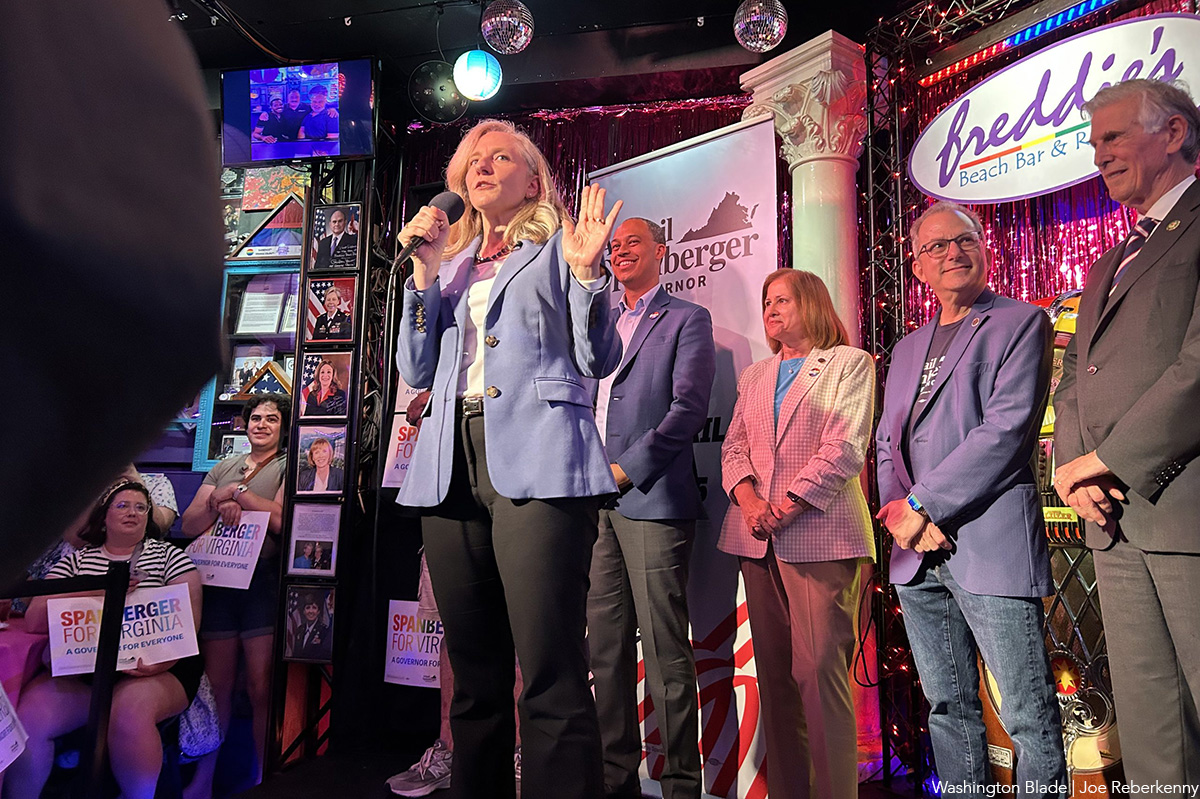
With the general election heating up and LGBTQ rights under increasing threat nationwide, Virginia gubernatorial candidate Abigail Spanberger brought her “Span Virginia Bus Tour” to Arlington’s Freddie’s Beach Bar for a campaign stop filled with cheers, policy pledges, and community spirit.
Spanberger, who served three terms in the U.S. House of Representatives from 2019 through early 2025 for Virginia’s 7th Congressional District, also served as a federal law enforcement officer specializing in narcotics and money laundering cases, and as a CIA case officer working on counterterrorism and nuclear counterproliferation.
Spanberger is running against Republican nominee Winsome Earle-Sears, the current lieutenant governor of Virginia, who said she was “morally opposed” to a bill protecting marriage equality in the commonwealth.
She was joined by other Democratic candidates and supporters: lieutenant gubernatorial candidate Ghazala Hashmi, attorney general candidate Jay Jones, Virginia state Sen. Adam Ebbin (D-Alexandria), and Congressman Don Beyer.
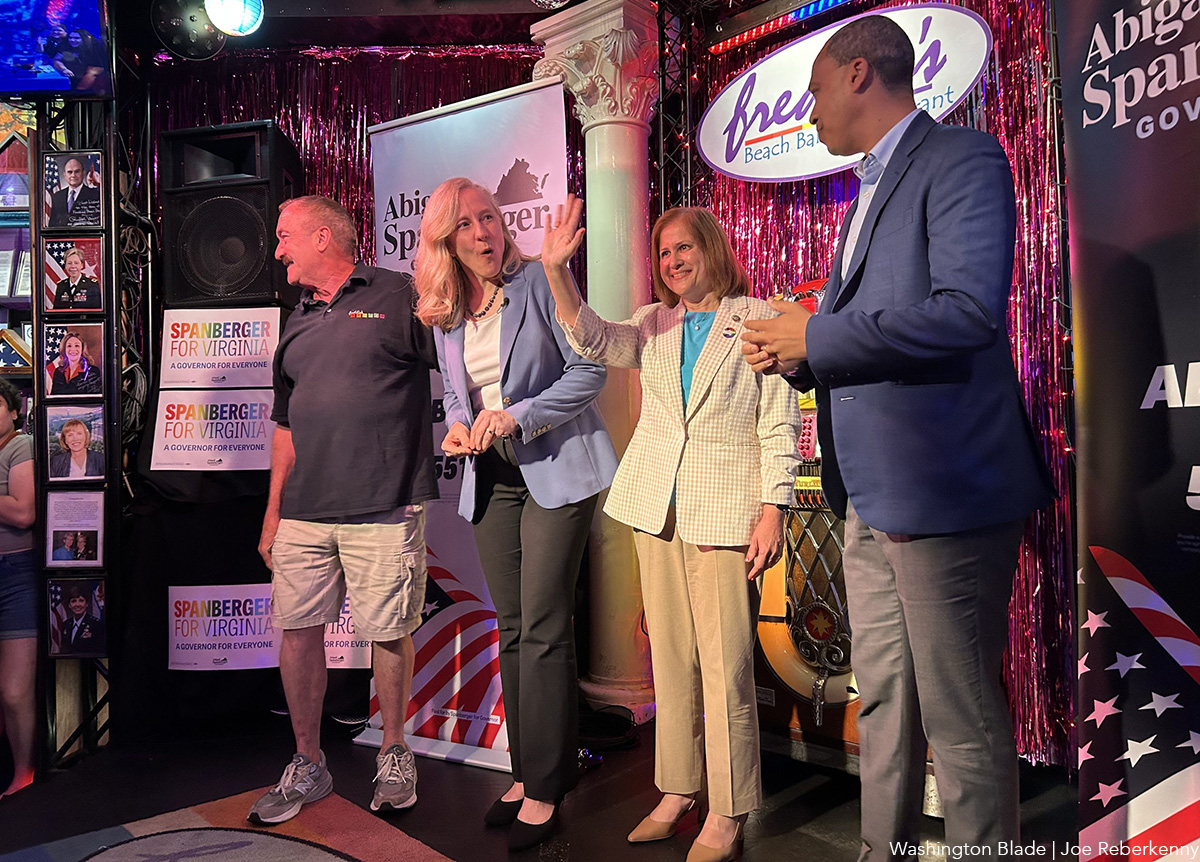
Freddie’s was packed wall-to-wall with supporters, many of whom wore “Spanberger for Virginia” shirts in the progressive Pride flag colors. In her speech, she made it clear that LGBTQ Virginians’ rights are on the ballot this year.
“I’m so excited to be here, and I am so grateful to the entire staff of Freddy’s for letting us overtake this incredible venue that is not just an awesome place to come together in community, but is a symbol to so many people of joy, of happiness, of community and of celebrating our friends and our neighbors,” Spanberger told the packed restaurant. “It is exciting to be here, and particularly during this Pride month, and particularly as we reflect on the 10-year anniversary of Obergefell and the reality that we still have so much work to do.”
“The reality is there are so many people who still would be inclined to take us backwards,” she said. “In this moment when we see attacks on people’s rights, on people’s humanity, on Virginia, on our economy, on research, on public education, on food security, on health care, on Virginians, on their jobs, on public service and on people — it can get heavy.”
“What it does for me is it makes me want to double down, because once upon a time, when I was talking to my mother about some horror show or sequence of activities coming out of a particular administration, she did not really have the patience to listen to me and said ‘Abigail, let your rage fuel you’ — and the conversation was over. And so I reflect on that, because, in fact, every day there is so much fuel to be had in this world and in this moment.”
One of the points Spanberger continued to emphasize was the importance of steadfast state government officials following the election of President Donald Trump, which has led to rollbacks of LGBTQ and bodily autonomy rights as a result of the conservative-majority U.S. Supreme Court.
“What the past few years have shown us is that a Supreme Court decision, no matter how many years we have celebrated its existence, does not protect us in the long term. And so as governor, I will work to make sure that every protection we can put in place for the dignity, the value, and the equal rights of all Virginians is a priority.”
During her speech, Spanberger highlighted several of the key values driving her campaign — protecting reproductive freedom and human rights, lowering healthcare costs, safeguarding Virginia’s environment, and ensuring that public education is affordable, accessible, and rooted in truth, not politics.
Spanberger went as far as to say that she wants to amend the state’s constitution to remove Section 15-A. “The reality is that in Virginia, we still have a ban in our state constitution on marriage equality. It is of the utmost urgency that we move forward with our constitutional amendment.”
“We will work to ensure that that terrible constitutional amendment, that was put in years ago, is taken out and updated and ensuring that Virginia is reflective in our most essential documents of who we are as a commonwealth, which is an accepting place that celebrates the vibrancy of every single person and recognizes that all Virginians have a place, both in that constitution and in law,” she added.
Following the event, two supporters spoke to the Washington Blade about why they had come out to support Spanberger.
“I came out because I needed to show support for this ticket, because it has been a particularly rough week, but a long few years for our rights in this country, in this state, with this governor, and it’s — we need to flip it around, because queer people need protection,” said Samantha Perez, who lives in Ballston. “Trans people need protection. Trans kids need protection. And it’s not gonna happen with who’s in Richmond right now, and we just need to get it turned around.”
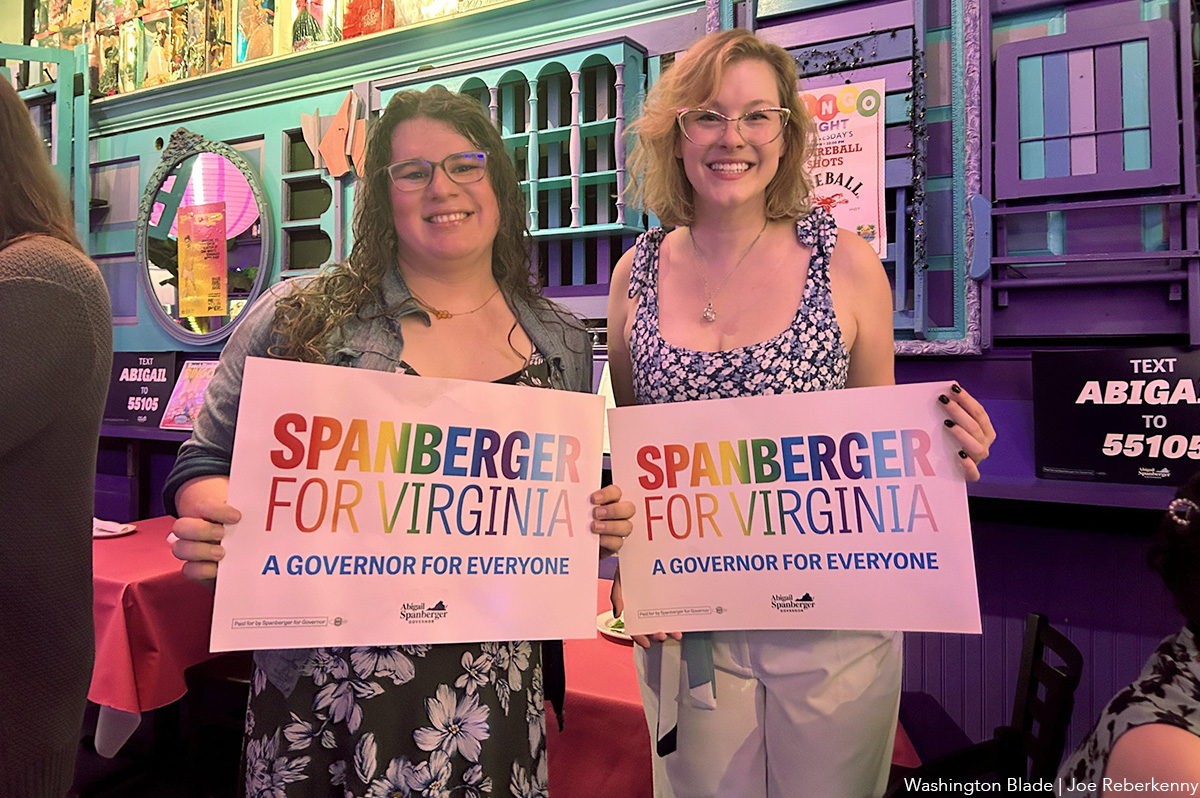
“The whole neighborhood’s here. All our friends are here,” said Annie Styles of Pentagon City. “It means the world to me to take care of each other. That’s what a good community does. That’s not what we’ve had with the Republicans here or across the nation for a really long time. It’s time to show that care. It’s time to make sure that good people are in a position to do good things.”
-

 U.S. Supreme Court4 days ago
U.S. Supreme Court4 days agoSupreme Court upholds ACA rule that makes PrEP, other preventative care free
-

 U.S. Supreme Court4 days ago
U.S. Supreme Court4 days agoSupreme Court rules parents must have option to opt children out of LGBTQ-specific lessons
-
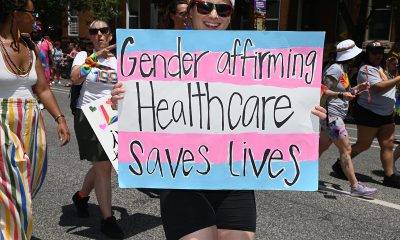
 Congress5 days ago
Congress5 days agoSenate parliamentarian orders removal of gender-affirming care ban from GOP reconciliation bill
-
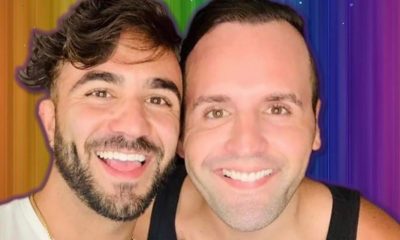
 District of Columbia5 days ago
District of Columbia5 days agoMan sentenced to 15 years in prison for drug deal that killed two DC gay men



